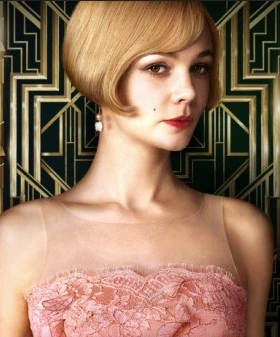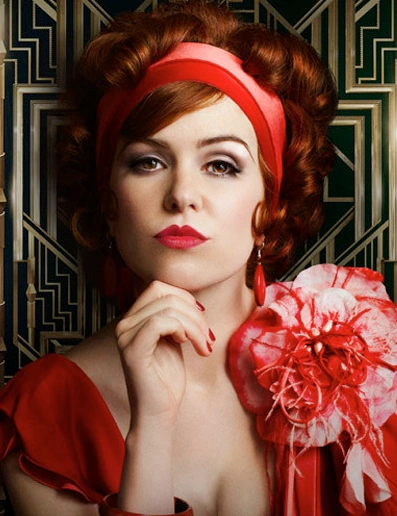Among the several themes
presented in the Great Gatsby, gender is a key aspect in relation to the
progression of plot; with Daisy as the reward for Gatsby to continually work
and long for, and Myrtle as the source of conflict both before, and after, her
death. Despite their influential presence in the novel, the female characters
of the Great Gatsby are continually labelled as submissive and passive when
compared to the likes of Gatsby, Tom, and Nick.
Daisy plays the key female
role in the novel, introduced as Nick’s cousin, Tom’s wife, and eventually the
love interest of Gatsby. Daisy is arguably the epitome of the trophy wife stereotype
during the early 20th century, shown as captivating, demure, and incomparably
beautiful. She is seen as an object, a prize which Tom has, and Gatsby wants.
This is where the idea of liberty and freedom come into play; Daisy’s words are
often hollow and dismissed by the other characters, signifying her lack of
liberty as a person. This is further emphasised by Daisy’s failure to leave Tom
for Gatsby and compliance in Gatsby taking the blame for Myrtle’s death. Daisy’s
lack of liberty, however, means that she is safe by the end of the novel,
contrasting to ‘free’ characters, like Gatsby and Myrtle, who didn’t survive.
In relation to more
independent female characters, readers often suggest Jordan as a contrast to
the likes of Daisy and Myrtle, in that she resists certain social norms. This
is shown in her almost androgynous appearance, her lack of a husband despite
being around the same age as Daisy, and her success as a sports star, a
generally patriarchal vocation. The idea of liberty and freedom may also be
applied to Jordan, as her engagement by the end of the novel may signal her conformity
to the likes of marriage, and beginning as a wife and possible mother.
Myrtle, on the other hand,
can be seen as a female character who isn’t entirely oppressed, nor is she
entirely free. Presented as a powerful, seductive woman, Myrtle is clearly in
control in her marriage with Wilson, a sickly, submissive man. Therefore, there
is a sense of liberty in Myrtle’s confidence, and audacity to have an affair
with Tom, a married man. It can, however, be argued that the Great Gatsby warns
against a liberal attitude like Myrtle’s, with her death being a stark warning
to the fate of adulterers. With this in mind, there’s clear irony in the fact
that despite his part in the affair, the novel ends with Tom alive, well, and
still married to Daisy, suggesting that only female infidelity is punished, in
the end.
To conclude, within The Great
Gatsby, there is a clear connection between the female characters, their
freedom, and how this impacts their fate in the plot.
Recent Example:
In relation to the idea of
Daisy being restricted and submissive, as an unemployed trophy wife,
contrasting Jordan as an independent, successful sports personality, I believe
that a relevant argument would be that of modern women choosing between a
career, or a family. The two videos below explore this topic.



No comments:
Post a Comment